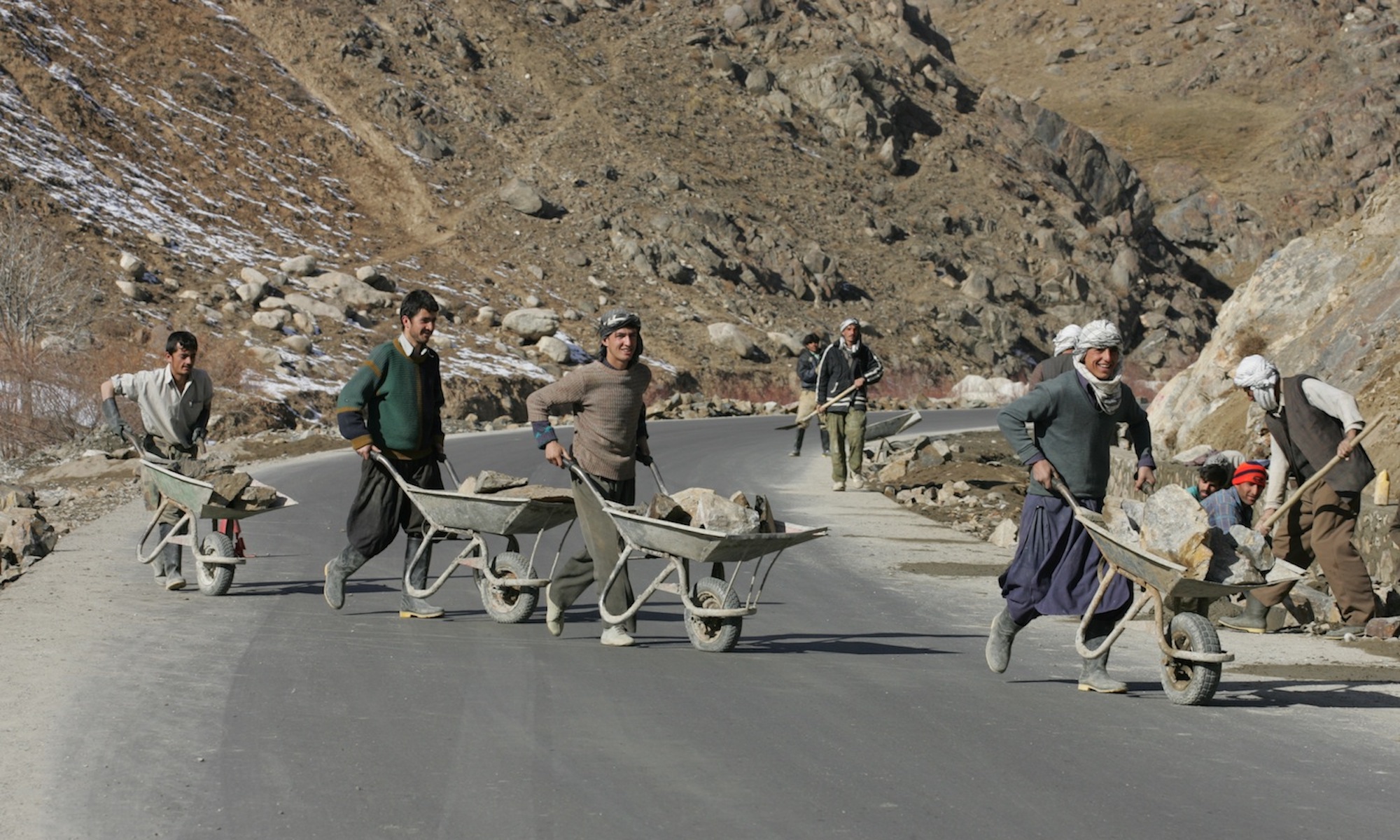The two volumes of Understanding Civil War build upon the World Bank’s prior research on conflict and violence, particularly on the work of Paul Collier and Anke Hoeffler, whose model of civil war onset has sparked much discussion on the relationship between conflict and development in what came to be known as the “greed” versus “grievance” debate. The authors systematically apply the Collier-Hoeffler model to 15 countries in 6 different regions of the world, using a comparative case study methodology to revise and expand upon economic models of civil war. (The countries selected are Burundi, Congo, Democratic Republic of Congo, Nigeria, Kenya, Mozambique, Sudan, Algeria, Mali, Senegal, Indonesia, Lebanon, Russian Federation, Colombia, Northern Ireland, Bosnia-Herzegovina, Macedonia, and the Caucasus.) The book concludes that the “greed” versus “grievance” debate should be abandoned for a more complex model that considers greed and grievance as inextricably fused motives for civil war.
Transition from war to peace in Sub-Saharan Africa
Several devastating conflicts have persisted in Sub-Saharan Africa for the past 20 years or more. Some countries are still emerging from the era of cold war politics, while debilitating internal struggles continue to plague others. Ethiopia, Namibia, South Africa, Uganda, and more recently, Angola and Mozambique are examples of the former. The latter is illustrated by the situation in countries such as Liberia, Somalia and the Sudan. This study, the transition from war to peace in Sub-Saharan Africa, offers practical guidance and examples of good practice for improving the design and implementation of programs for demobilization, reinsertion, and reintegration of ex-combatants and their dependents in client countries. It also provides a list of early warning signals that indicate whether the demobilization and reintegration programs (DRPs) process is not going according to plan and suggests preventive actions. Work on the ground, as well as case analysis in countries such as Ethiopia, Namibia, Uganda, Angola, Mozambique, and Rwanda form the basis of the suggested good practice in DRPs.
A future disarmament, demobilisation and reintegration process in Sudan: lessons learned from Ethiopia, Mozambique and Uganda
The conflict that broke out in Sudan on the eve of its independence from Britain in 1956 has devastated the country, retarded developmental progress, drained human resources and damaged the social fabric of the entire nation. However, the Protocol of Machakos which was signed by the Government of the Republic of the Sudan and the Sudan People’s Liberation Movement/Sudan People’s Liberation Army on 20 July 2002, states the commitment of the parties to a negotiated, peaceful and comprehensive resolution to the conflict within the unity of the country. With peace now in sight, the disarmament, demobilisation and reintegration (DDR) of former combatants is essential to avoid the mistakes made in 1972. It is crucial to build a new future for the generations that have suffered so much in five decades of war. This paper examines the challenges that might confront DDR in post-conflict Sudan. It draws on past experience following the 1972 Addis Ababa Agreement between the regime of President Gaffar Mohammed Nimeiri and the Anya-nya rebels, and on the experiences of countries that have gone through similar situations, such as Ethiopia, Mozambique and Uganda.
